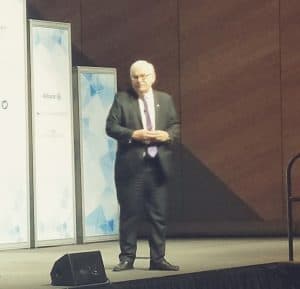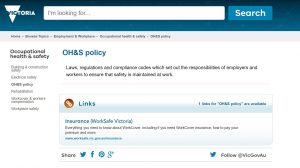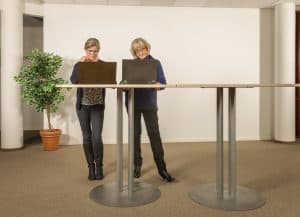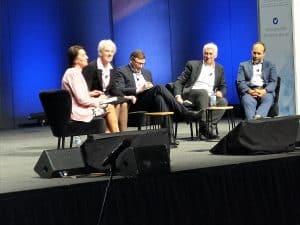At the end of September 2018 the Australian Psychological Society held its 2018 Congress. As conferences do, various media statements are released to generate interest in the speakers. One caught the attention of this blog. It was released on September 25 2018, and was called:
“Resilience isn’t enough to combat the effects of burnout, world renowned psychology expert says”
This sounded like it may look closely at the prevention of harm and SafetyAtWorkBlog was able to interview that world-renowned psychology expert,




 The
The  The
The